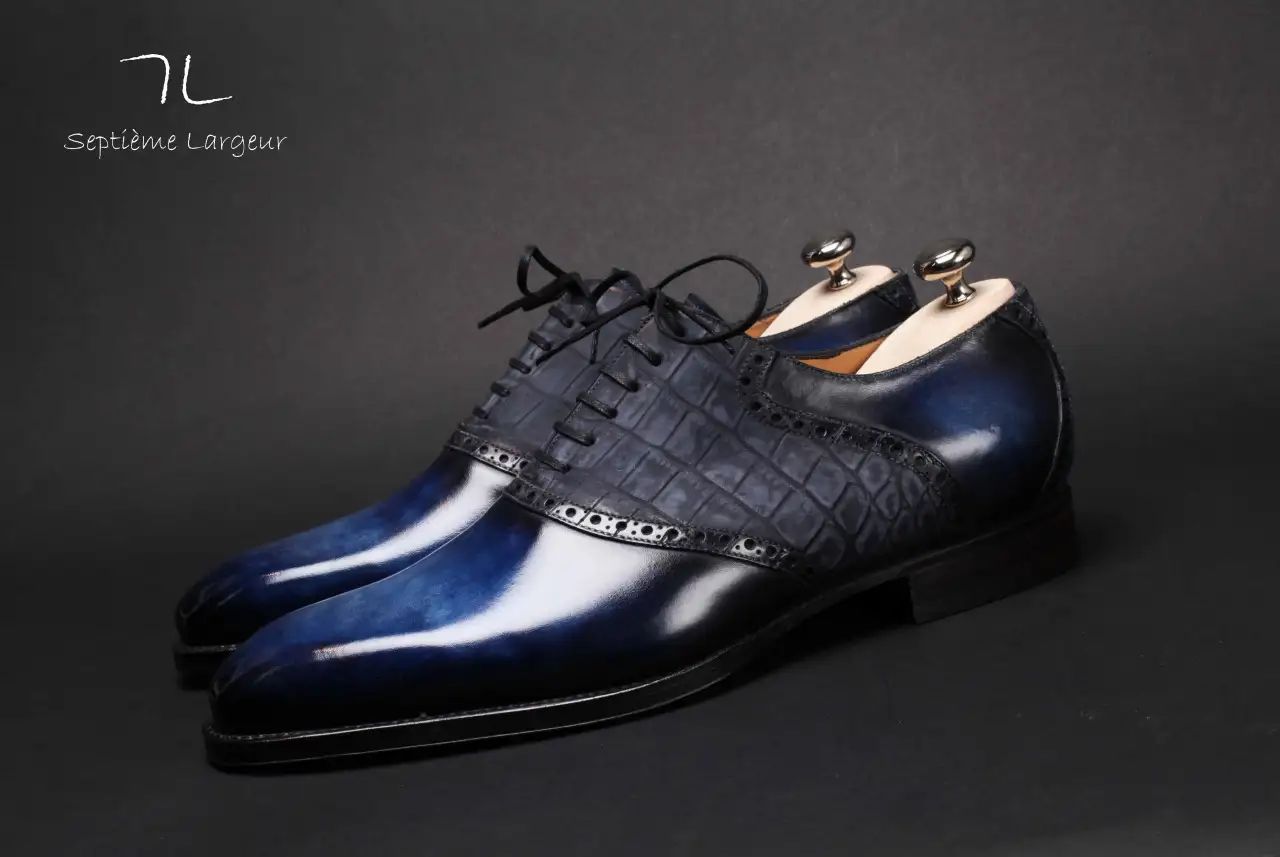
41. Many well known European shoe brands (clothing too) claim their products are made in their country, but outsource about 80% of their production to China/India only to finish the shoes in their country and slap on “Made in Europe”….lots of lies out there
42. Toe taps are essential to unnecessary premature re-soling, especially if you are hard on your toes (i.e. jump off your toes with a lot of force when walking). Toe taps do not make noise but can scratch marble floors if you have those.
43. Museum calf is a term coined by John Lobb for Ilcea’s (an Italian tannery) ‘Radica’ leather. This Radica leather is a patina looking drum-dyed leather that Ilcea created to give the marbled look to a leather without it having to have been hand colored. It is permanently like this (like any drum-dyed leather) and is polished the same as any other leather.
44. Hardly anyone uses Cedar shoe trees in Europe. The myth that they are the best was created by smart marketing people in the States due to the abundance of cedar trees in the US (and because they are cheaper to produce due to that abundance). �Don’t believe the hype. There is no difference between them, beech wood, lime wood, alder wood etc. Some are heavier than others, but that is the only bit being more important for shoe wearers. Absorbing qualities are pretty much the same across the board.
45. Closed channeled soles, albeit very elegant looking, have a flaw that is sometimes disturbing for people.
You see there are two types of leather soles on goodyear welted shoes, 1. Open channel where the stitching is exposed and 2. Closed channel where the stitching is not exposed (usually seen in more expensive shoes as it involves more work). To create the closed channel you have to cut into the sole, creating a very fine flap to push backwards and expose the channel to then stitch the sole on. Once the sole is stitched someone glues back down that flap of leather to create a ‘closed channel.’ While being aesthetically pleasing this is the small downfall of it as sometimes they can come loose and expose themselves (as it is only held by that glue).
This more greatly happens in climates that are often humid and wet as moisture is what separates glue. Sometimes it will never happen, sometimes it will happen on the first wear. But it does not detract from the life of the sole. It just becomes open channel in essence (but does not look nice)
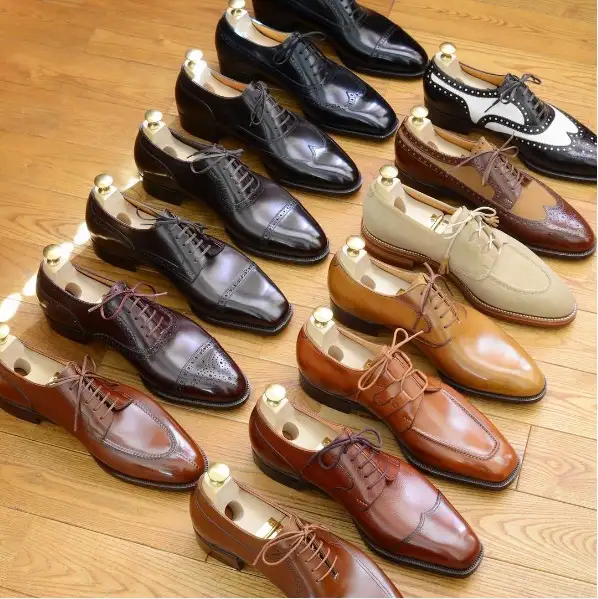
46. If your suede’s nap gets quite loose use a hair dryer with very hot heat blowing at close proximity in order to burn them back down. But be careful on lighter colored suedes as you don’t want to darken them
47. The European cross over lacing system (as opposed to cris-cross often seen in the US) is not only more elegant on dress shoes but also makes you get a tighter lace-up grip. And once you get used to it, it becomes very simple so don’t be afraid to graduate from the lacing system that trainers have to the lacing system that dress shoes should have.
48. Whoever says that mink oil shoe care product is bad for leather doesn’t know what they are talking about. They are simply using too much of it, which like anything in shoe care will have adverse effects. A little goes a long way and that motto should be remembered by all when treating your shoes.
49. A good way to keep the sides of your soles clean and the welt area between the stitching of the sole and the upper is to use an old toothbrush (especially on a suede shoe). You don’t need shoe edge dressing either. Good quality cream polish will tidy up the edges of your soles no problem.
50. Something always good to know so that you don’t waste money. If you every ruin your tan shoes (i.e. stains/dirt/etc that just won’t clean off), just dye them to darker brown or black. BOOM! Brand new shoes.
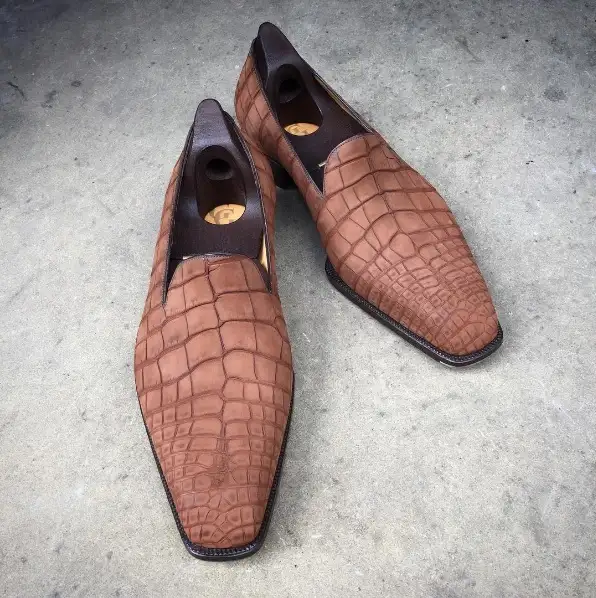
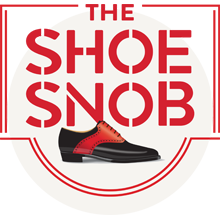


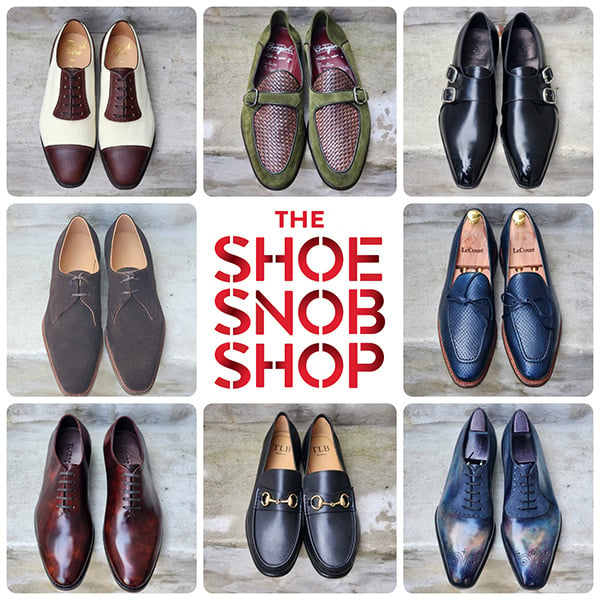
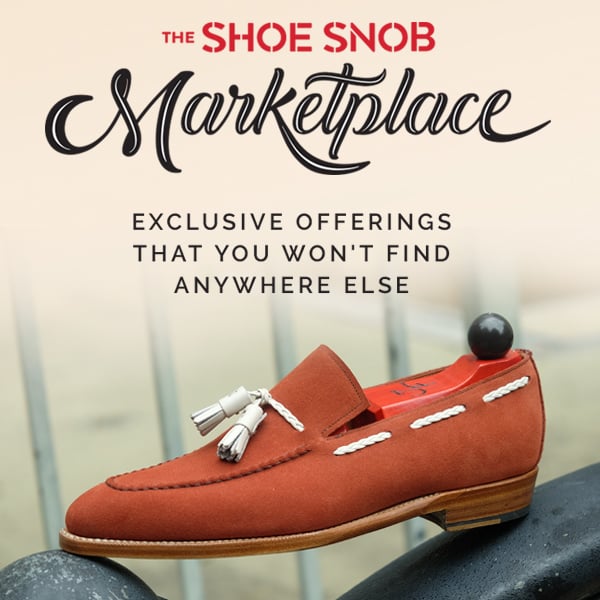

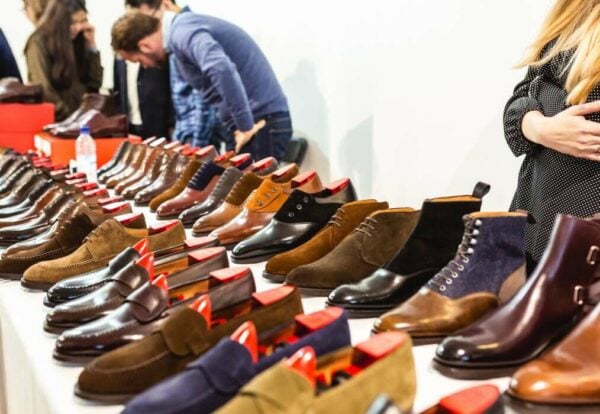
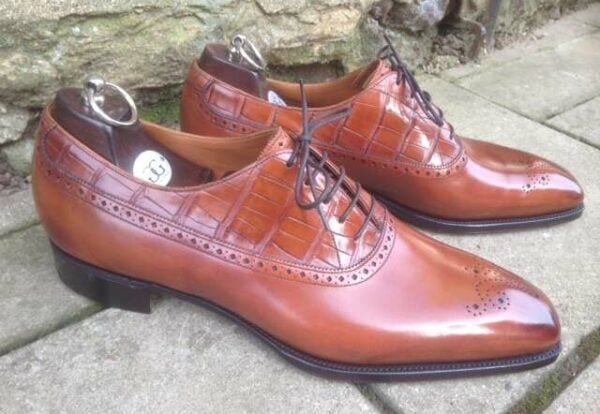
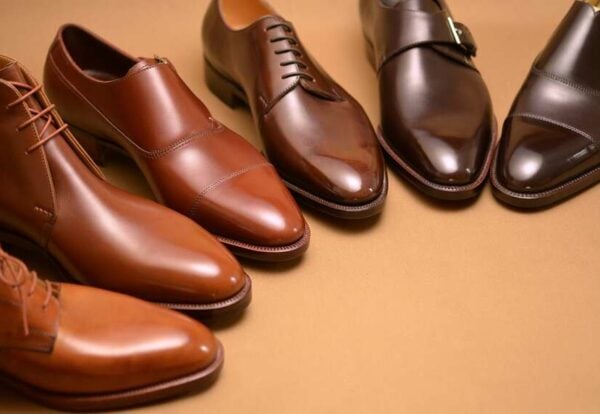
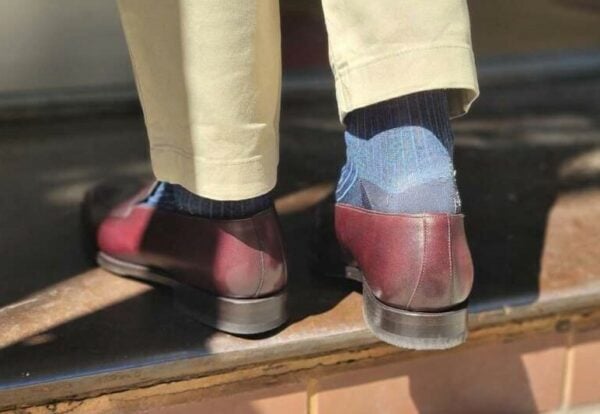
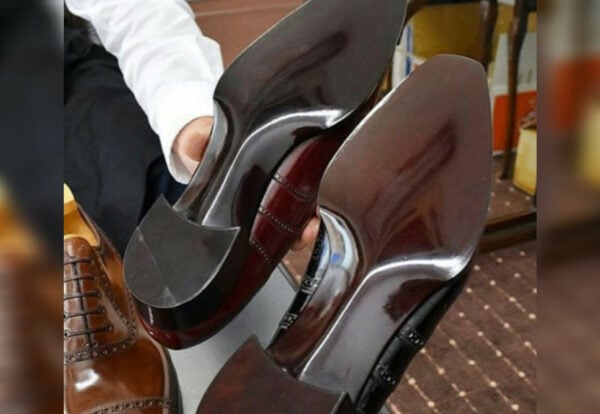
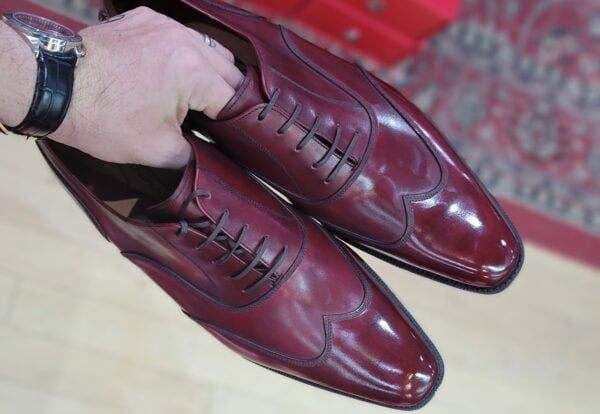
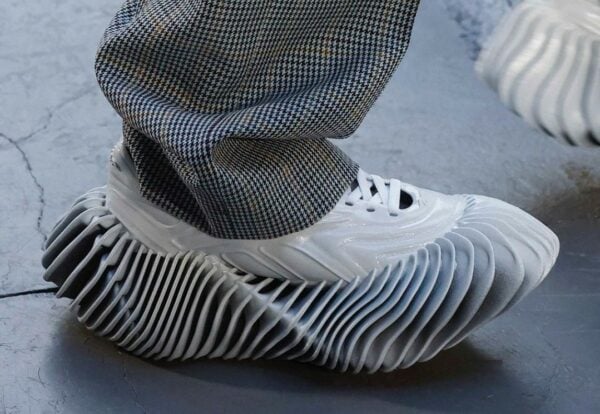
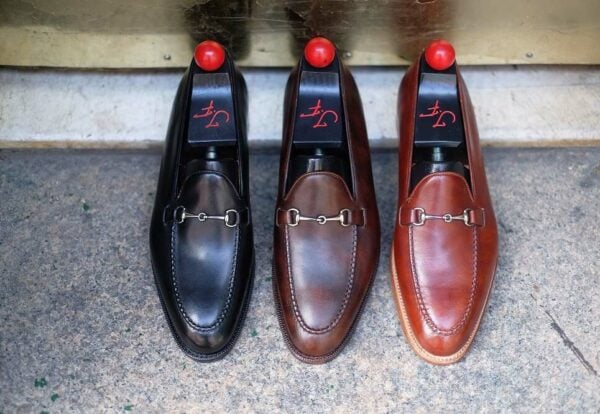
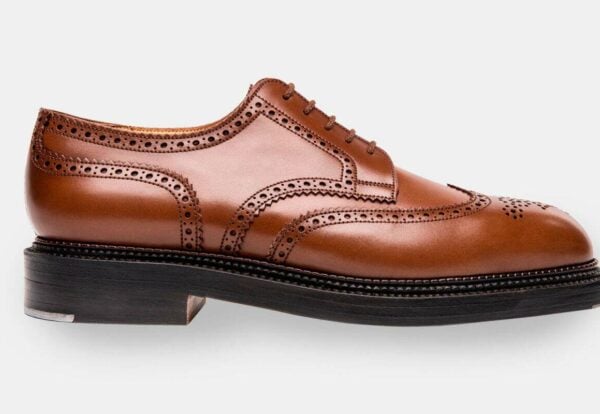
Great. As always!
And glad to know some tips I happened to know… just by common sense (i.e. #50).
Keep up the good work!